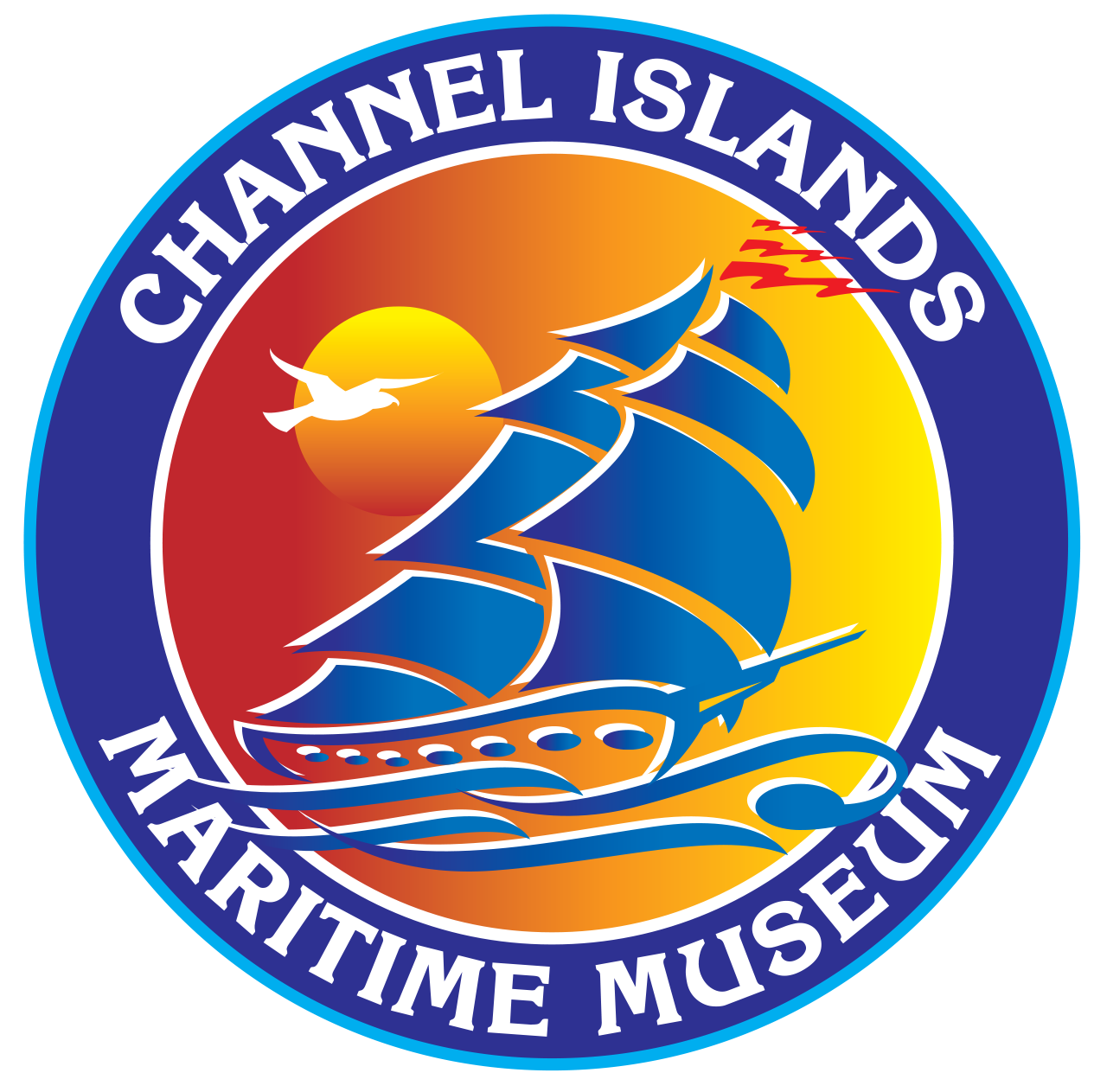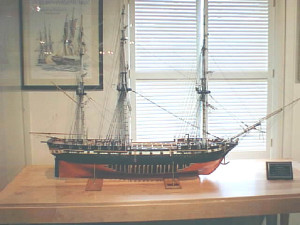Location: North Gallery
The Ship
The first legislation for the creation of a national navy following the American Revolution was not passed by Congress until 1794. This act provided for building of six frigates to control the North African pirates who were harassing American trade. President Washington referred the matter to the War Secretary, General Knox, who commissioned Joshua Humphreys, a renowned shipbuilder, to prepare the plans.
There probably has been as much discussion about the heavy frigates built in 1797 as about any other class of American naval vessels. They were controversial from the time that the Congress ordered them. Constitution was particularly successful in turning the world upside down for the British Royal Navy, which was convinced that it was invincible. The Royal Navy was highly indignant when their frigates encountered Constitution with her heavy construction and excellent sailing qualities. They accused the Americans of lying when they called her a frigate—that actually she was a disguised ship of the line and should not be fighting British frigates. Her battles with HMS Java and HMS Guerriere are classic examples of fighting sail warfare. USS Constitution was built between 1794 and 1797 at Hart’s naval shipyard in Boston and launched on October 21, 1797. After brilliant performances against French corsairs in the Caribbean under the command of Samuel Nicholson and in the Mediterranean, under Commodore Preble, Constitution captured the British frigate HMS Guerriere in less than half an hour during the War of 1812.
On December 29, 1812, under the command of Captain Bainbridge, she sank the British frigate, HMS Java, then captured many small British units. In 1814, she took many prizes, narrowly avoiding capture herself by two British frigates.
Constitution had a spotty career and at one point was destined to be broken up. She was rescued by public subscriptions in the 1920s and has become a national treasure. In 1925, the American Congress decided to restore completely the USS Constitution, which had been nicknamed “Old Ironsides” after her exploits in the War of 1812. She still is in commission and is now exhibited in the Boston Naval Shipyard.
The Model
Scale: 1/8” H 55” L 76” W 26”
Plank and exposed frame construction by Jim Berger to plans from the Smithsonian museum.

